Affiliate links on Android Authority may earn us a commission. Learn more.
Why you should never buy a phone in the first month
Published onNovember 22, 2017
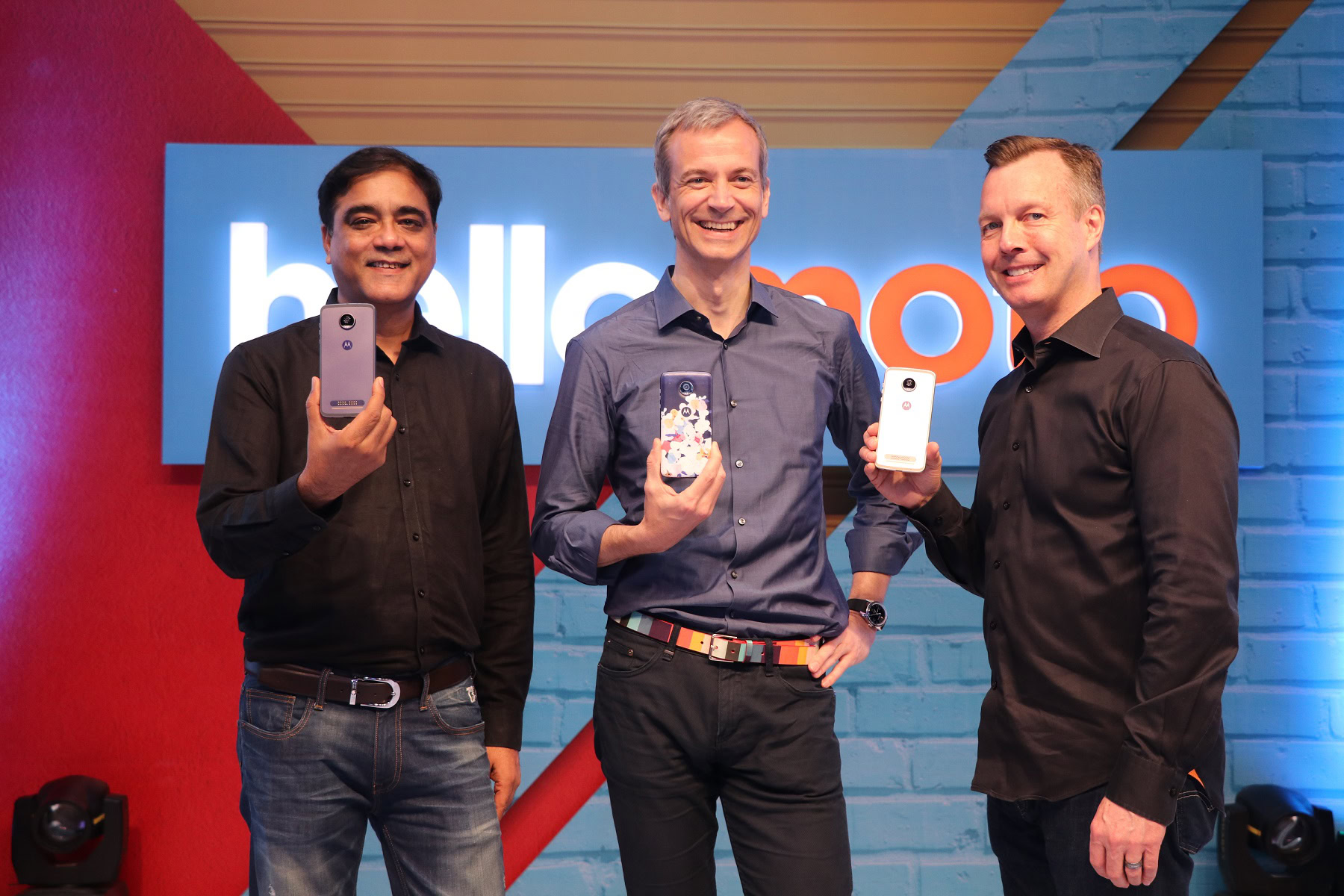
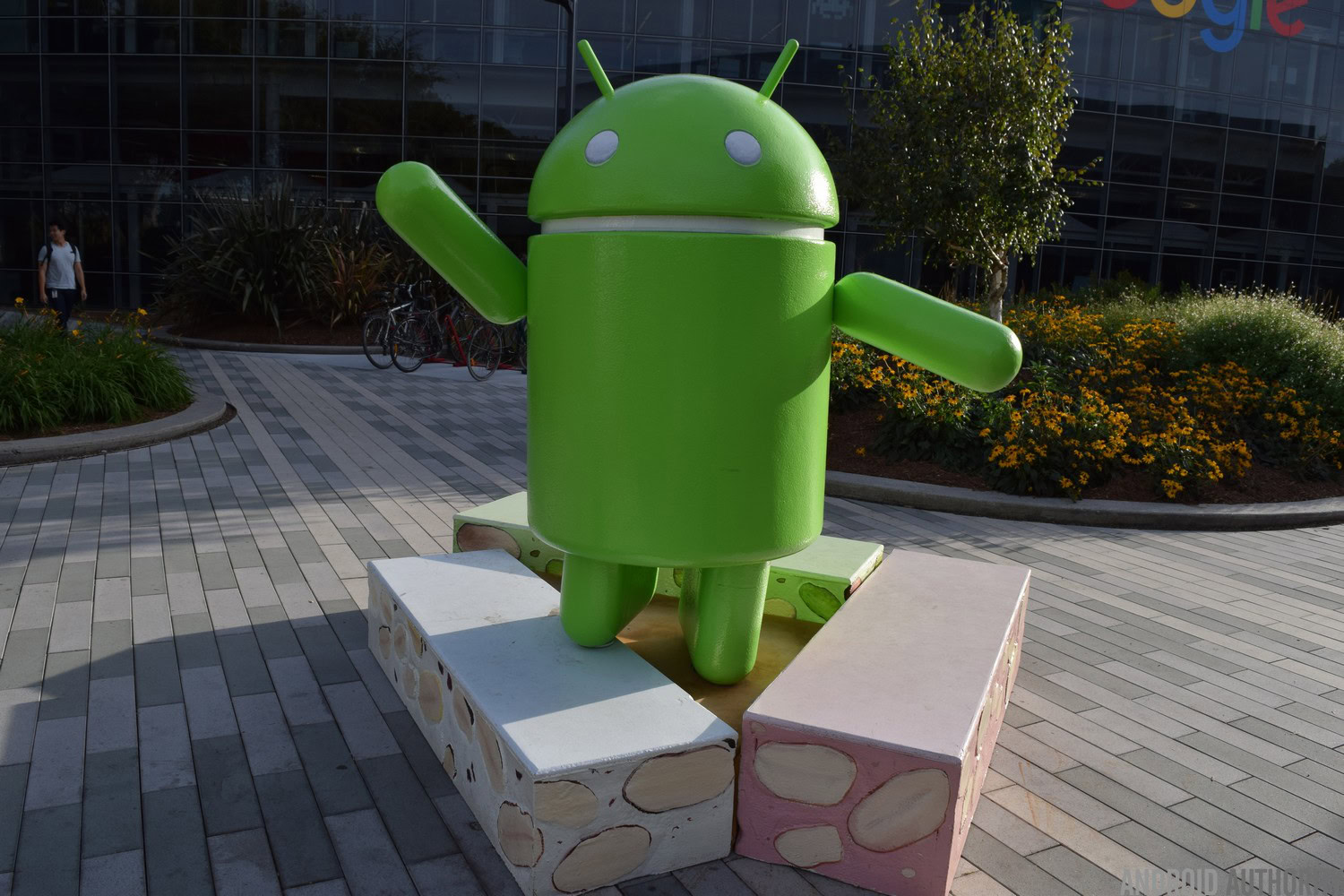
So, if you’re putting all this calculated time and effort into picking the right smartphone, does it really make sense to then rush out there and camp out on launch day? Stop and think about it. Probably not, right? Sure it’s great to be the first to pop open a phone box in Australia on the local news and drop the phone on the ground, but isn’t it a better idea to wait? OEMs haven’t really given us any reason to rush out right away.
Screening out the bad ones
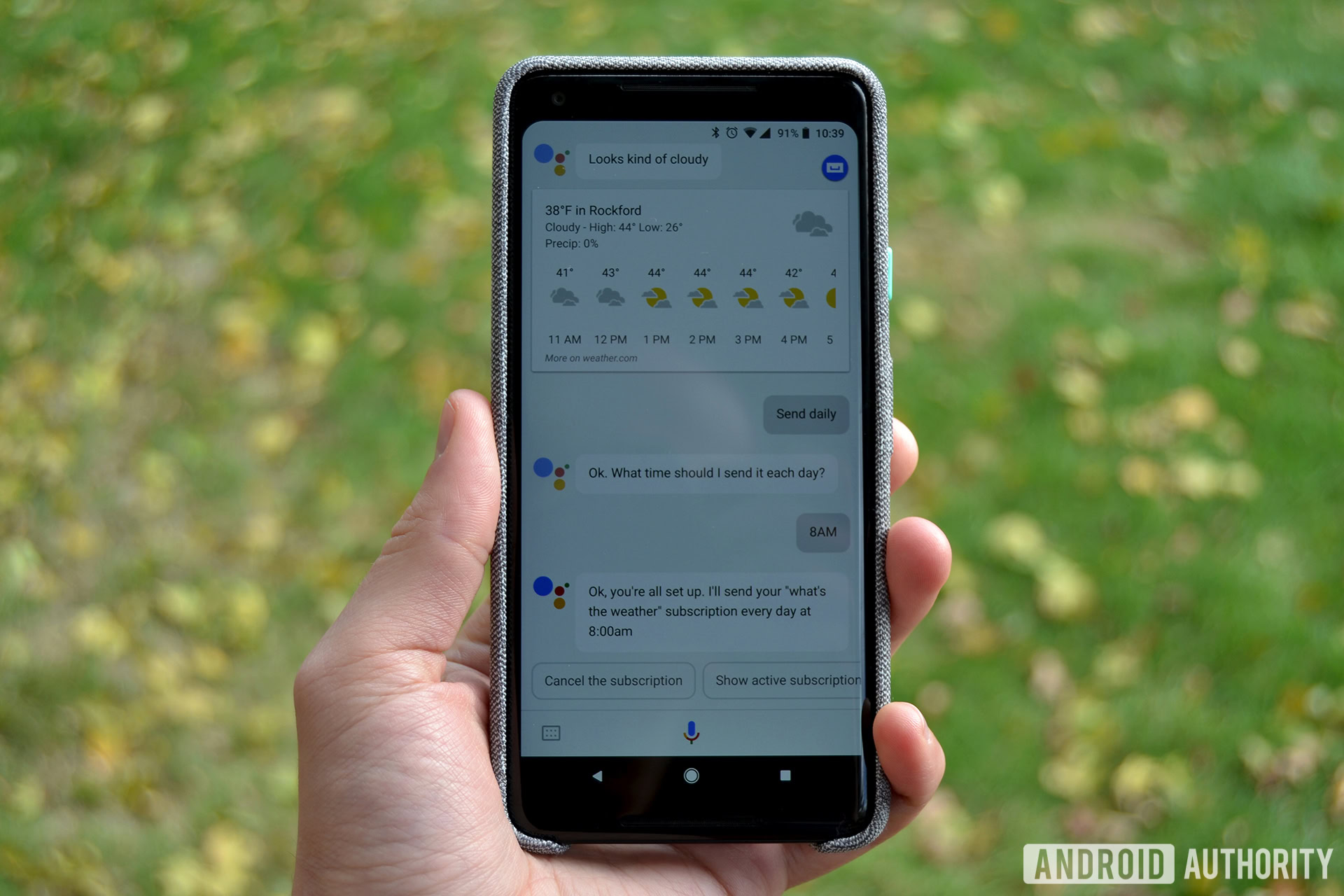
...at the price point of a flagship phone, shouldn’t we have an already-perfect device out of the box?
Consider the Google Pixel 2 XL. I don’t want to harp, but that phone’s screen alone has a bevy of issues. Between burn-in, sensitivity problems, and a washed out display, the Pixel 2 XL hasn’t been much of a prize in the screen department. Google has since issued, or promised to issue, fixes for almost every problem – awesome, right? Well, sure. But wouldn’t it be better to have a great phone out of the box, rather than having to wait on fixes from an OEM?
Arguably, these issues should never have been issues from the start, but they were. It’s not unheard of for phones to be released when they could still use some more time in the oven— sometimes launch windows simply must be met. What always happens is the new users come across issues and the OEM promises to fix them. This is all well and good, but at the price point of a flagship phone, shouldn’t we have an already-perfect device out of the box?
Can you hear me now?
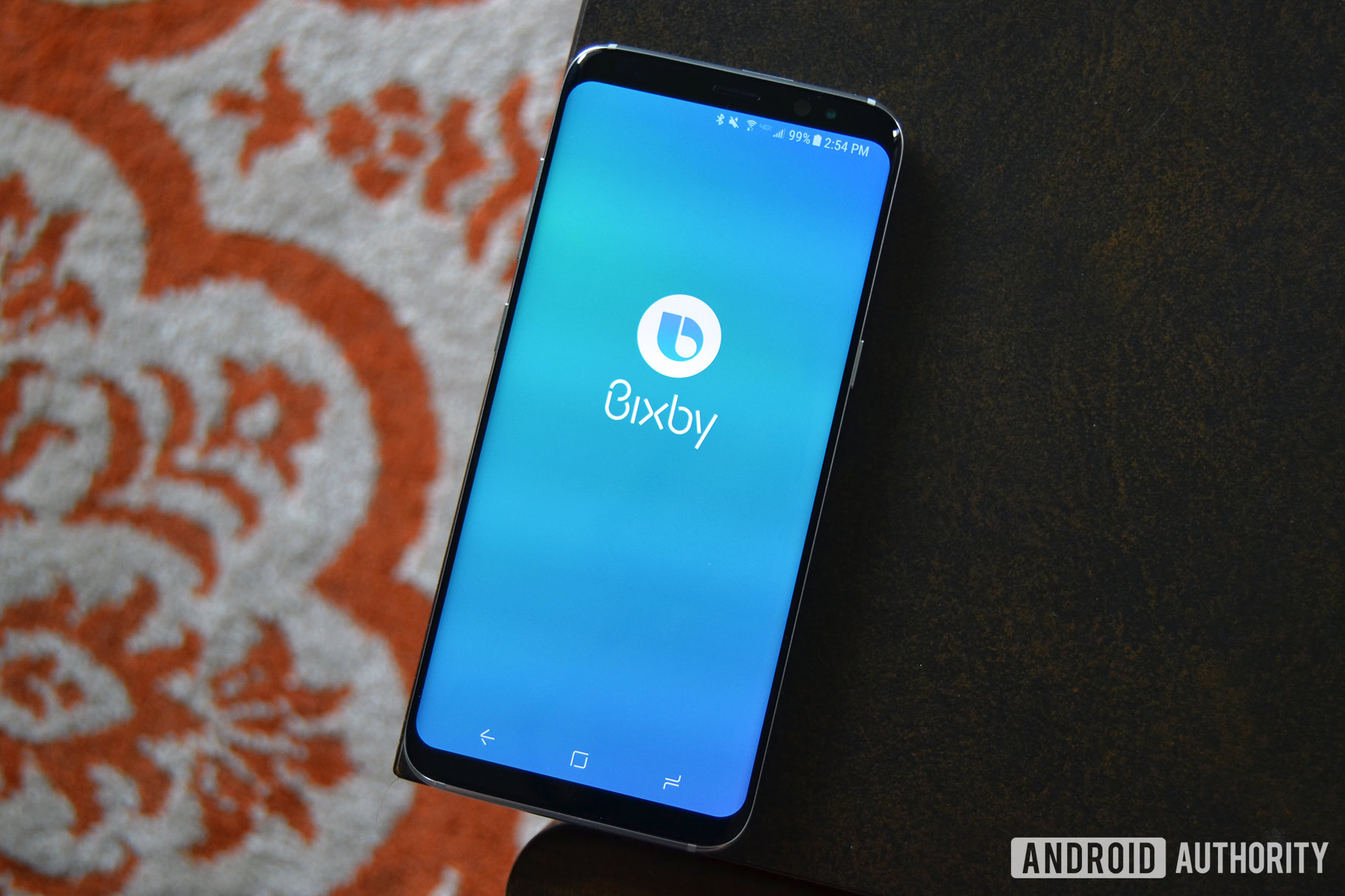
It’s not just hardware that can have issues. Software can give just as much grief. Let’s talk about Bixby. Samsung was so proud of its new digital assistant that it put a hardware button on the Galaxy S8 and S8 Plus specifically for launching Bixby. But when the phone came out, Bixby was only available in Korea. It took months for Bixby to finally make it to Samsung’s flagship phone here in the U.S.. It got to the point where people were angrily Googling how to remap their Bixby button to something else— even after Bixby was released.
All of the fault here lies on Samsung’s shoulders. Early adopters aren’t to blame. But that’s the big risk of early adoption. By all accounts, Bixby is a pretty good personal assistant – at least on par with Alexa or Google Assistant. But legions of early adopters will now never give Bixby a chance because of a misstep by Samsung.
Price dropping
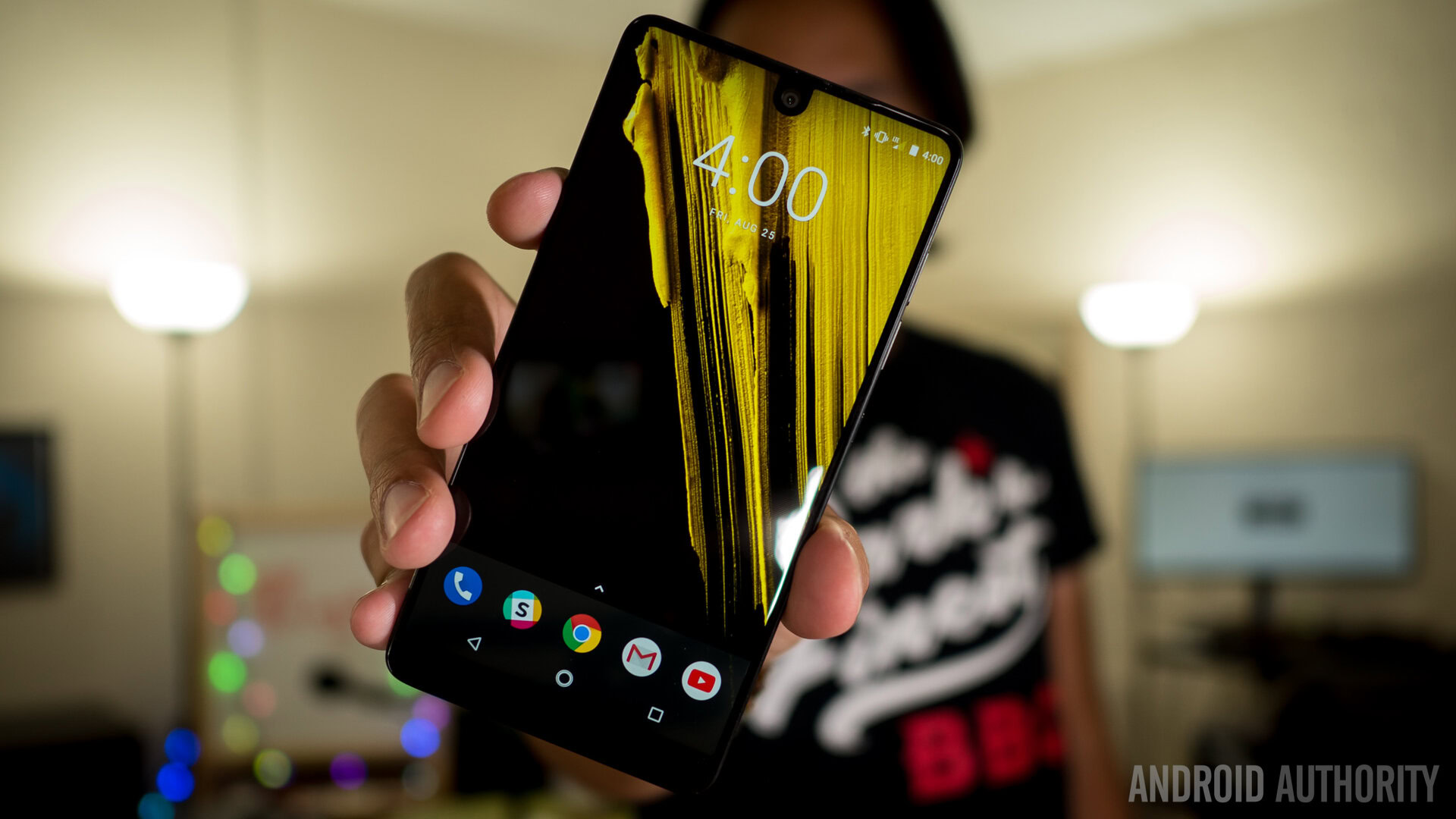
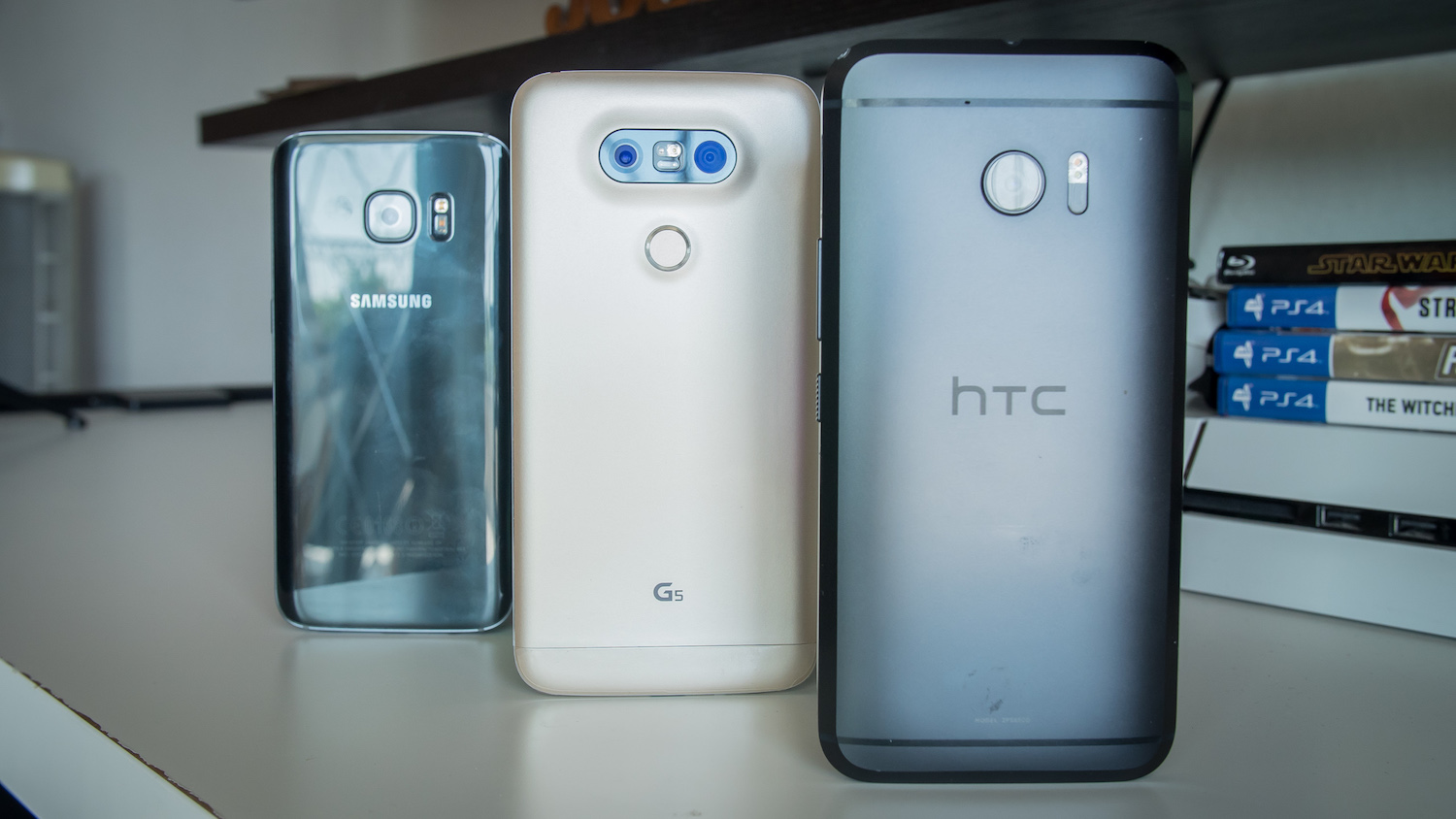
It’s not uncommon to see rapid price drops too. Essential recently dropped the price of its phone by $200. In this case Essential is trying to make good with its early adopters by offering a $200 discount code— essentially (no pun) a store credit of sorts. Other OEMs have made similar offers, but no one is forced to, by any stretch, so you certainly shouldn’t count on such benevolent measures in the wake of a quick price drop.
Sales of phones that don’t sport a Samsung or Apple sticker can start off sluggish. One of the easiest ways to boost sales is to offer discounts, sometimes permanently. Where does that leave those who have already bought the phone? It’s a risk, and some might even argue it’s a risk worth taking. But this happens so regularly that maybe it’s not worth it. There are always deals to be had, just rarely on launch day.
I don’t want to harp only on Essential. But it, Sony, and LG nicely illustrate my point all the time.
Beta testers
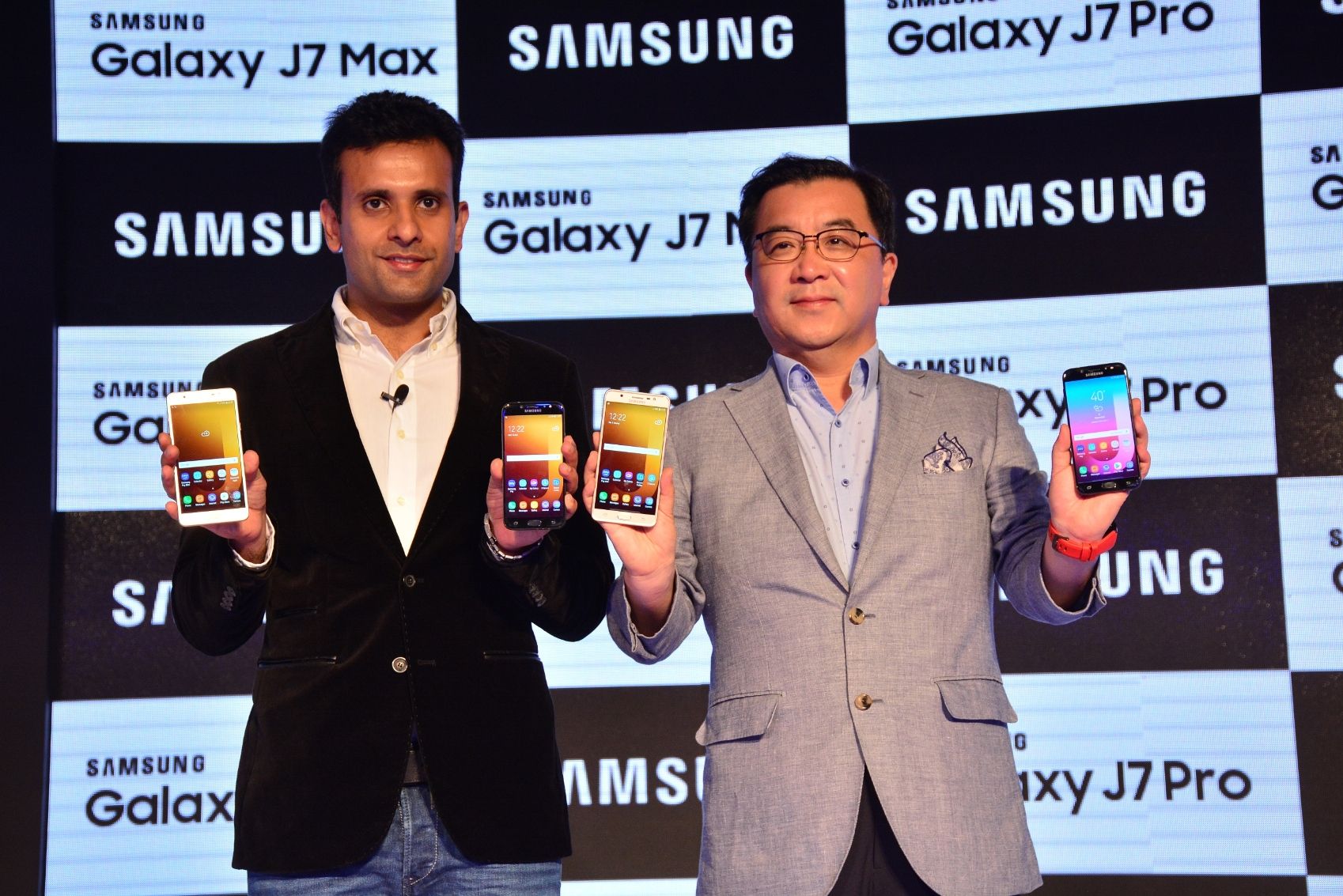
...phones don’t always show all of their spots in the first 48 hours, nor even in the first week.
Phones are rigorously tested— as they should be. But there is nothing like having hundreds of thousands, or millions, of hands on a device to see how it will perform under every conceivable condition. OEMs rely on early adopters to find out if anything is going to go horribly wrong under unforeseen circumstances. Early adopters have their place, as do reviews.
Reviews are helpful, but as a reviewer, I can attest that phones don’t always show all of their spots in the first 48 hours, nor even in the first week. It can take a long time to get a phone to act the way it does “in the real world.” Often a phone will perform like a champ at first, but as apps get installed, and as the phone gets used, things can get bogged down— maybe the battery doesn’t last as long as it did the first week. The review process for phones is not broken, but initial reviews don’t always paint the whole picture. Reviews get updated over time— as they should.
Don’t fall for the hype
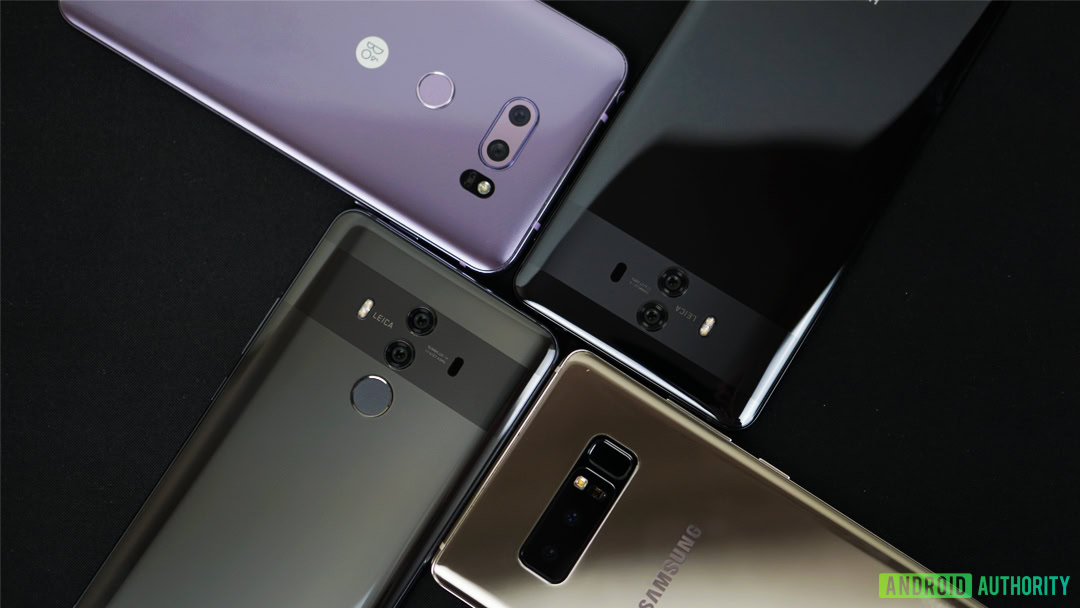

It’s easy to get caught up in the excitement of a new phone announcement. Wow! Look at all those shiny objects! It’s easy to get caught up in the thrill of clicking that preorder button and running to social media like, “Hey ya’ll. You know that phone Joshua was just talking about? I gots one too.” I get that. I really do. But we’re talking about a lot of money here, so you want to make sure you’re getting not only the best phone for you, but at the right time. So it’s important to take a step back and take in the whole picture before taking the plunge.
For example, look at the history of phones, and more specifically look at their pricing. We know that some OEMs have a tendency to drop prices within weeks of release. It’s also common for OEMs to release a phone, and then turn around and release a follow-up six months later. The successor could just be a minor spec bump, or it could be looking to fill a different niche. Often OEMs or carriers will offer buy-one-get-one offers or bundle in accessories not long after launch, or at particular times of year. Any of these can sour you on a new phone purchase. It’s important to know your history (a history we happily report on here at Android Authority) when considering a new phone purchase.
Proceed with caution
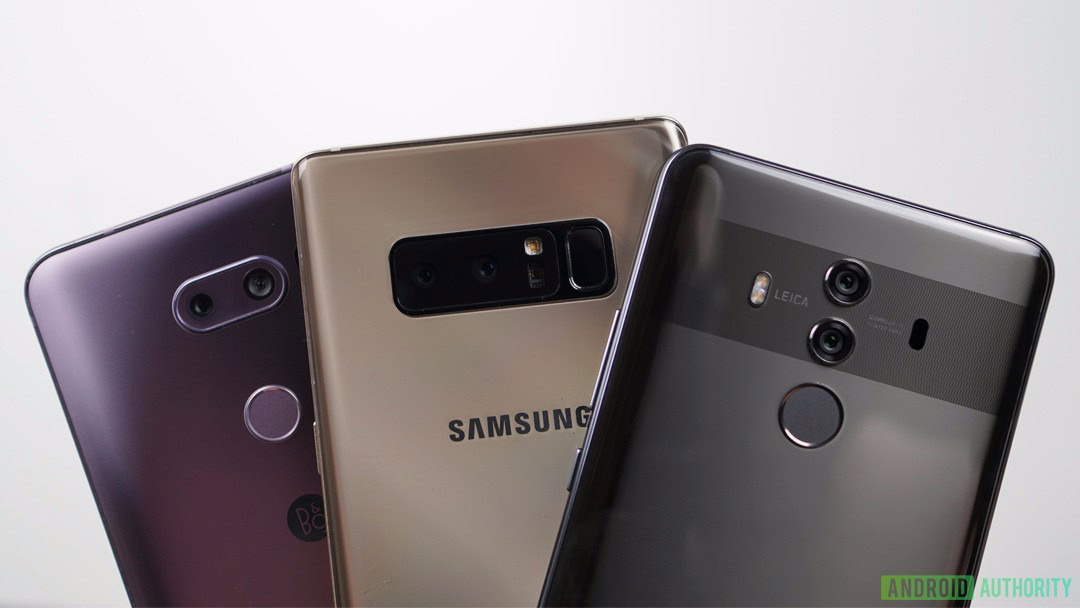
Early adopters need to know that there is risk involved with picking up a brand new product out of the gate. There is a chance— some might call it a decent chance— that something will not be perfect on day one. It may get fixed over time; it often is. But it’s just as common for a phone to stumble out of the gate as it is for it to sprint freely.
This leaves us with a mass of humanity all clamoring to grab the latest and greatest, but then feeling dissatisfied. That’s not a great way to feel after dropping $500 or more on your newest “life in a box.” It’s also possible that the audience that reads this will be all in on early adopting, even knowing what comes with it.
How do you feel about it? Are you an early adopter? If so, why? If not, why not? Sound off below in the comments. There is no really wrong answer – it’s your money. Have you ever been burned? Share your experiences!